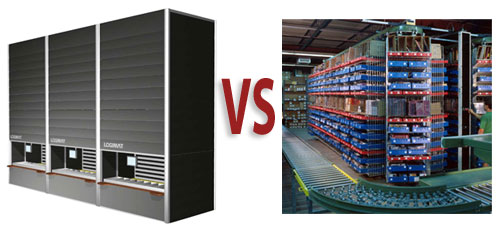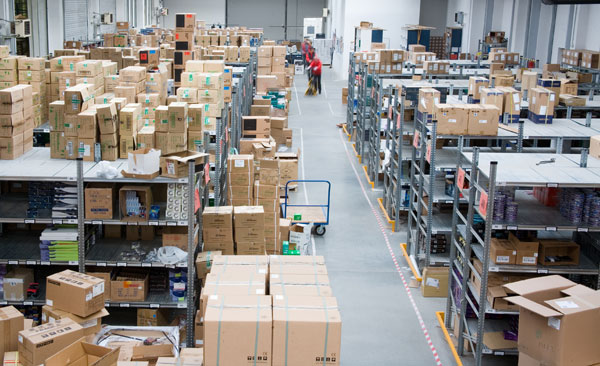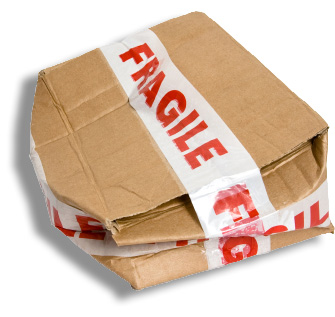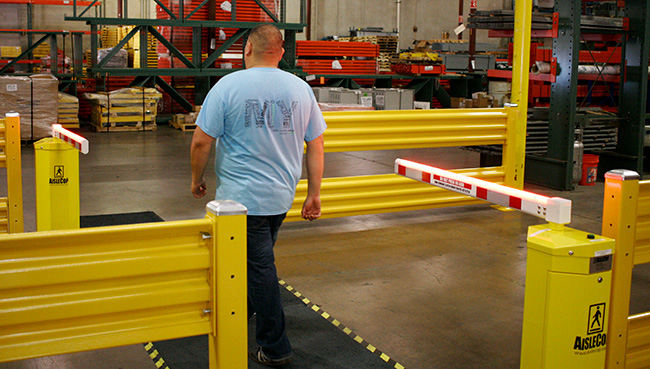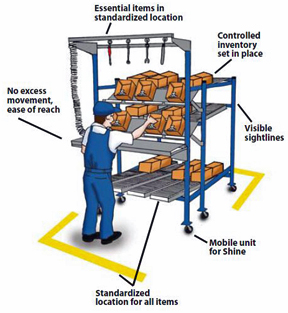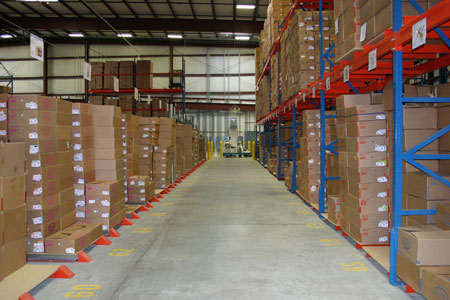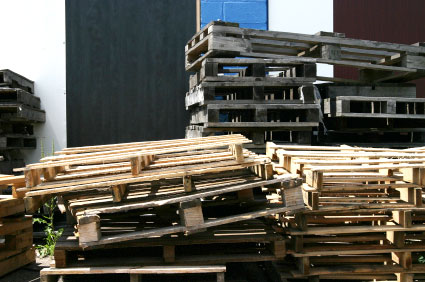
Most distribution and manufacturing operations deal with empty pallets. Sometimes, a lot of them.
Empty pallets take space you could use for something else as they clutter your receiving area. Sometimes they’re splintery, with nails protruding from the sides ready to bite a passerby. People re-use their pallets, holding onto them for a period of time until they’re used for an outbound shipment. But while they’re in your facility, they can eat space, potentially injure people, and generally cause trouble.




